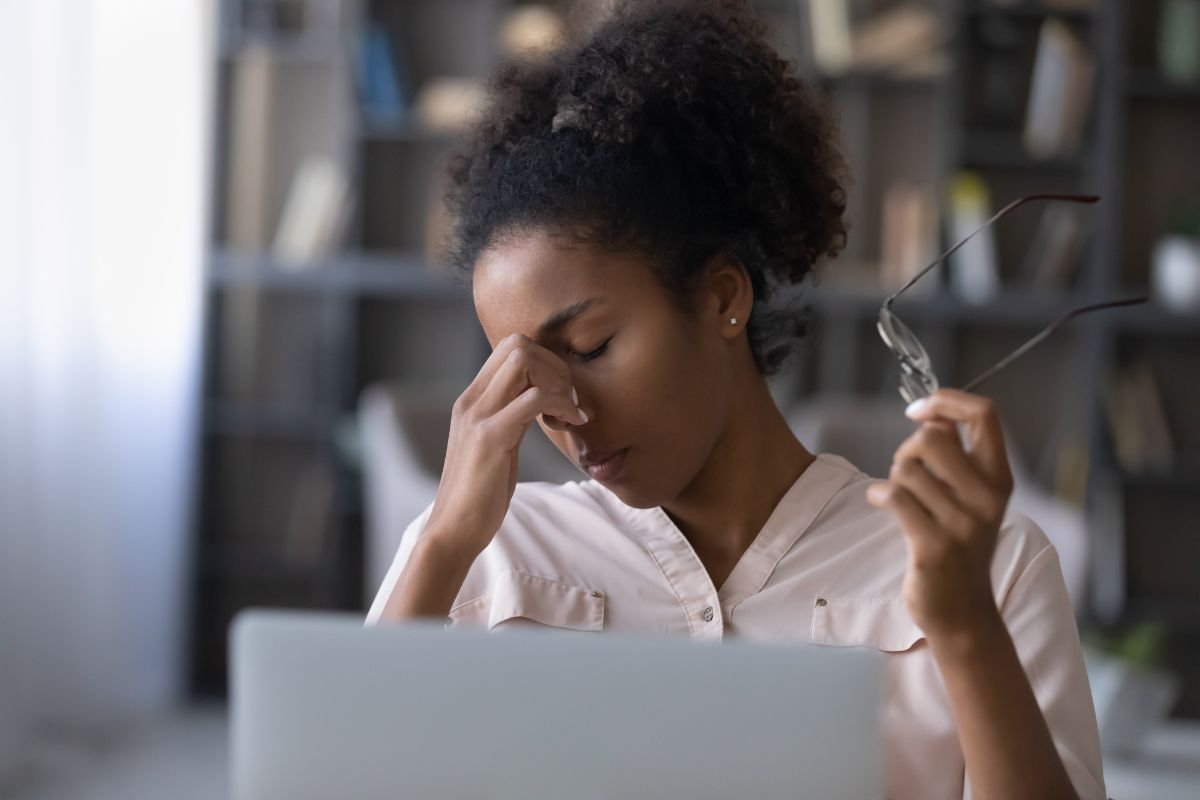How to Prevent Eye Strain from Too Much Screen Time in 2025
In today's digital age, we're glued to screens more than ever. From our smartphones and laptops to tablets and TVs, eye strain has become a common ailment. But don't worry, you don't have to sacrifice your digital life to protect your eyes. By following these simple yet effective tips, you can significantly reduce eye strain and maintain healthy vision in 2025 and beyond.
Understanding Digital Eye Strain
Digital eye strain, also known as computer vision syndrome (CVS), is a condition characterized by eye discomfort and vision problems resulting from prolonged screen use. Symptoms can include headaches, dry eyes, blurred vision, neck and shoulder pain, and even eye fatigue. The culprit? The way we interact with screens. The close-up focus, constant light exposure, and lack of blinking all contribute to this prevalent problem.
Practical Steps to Combat Eye Strain
Fortunately, preventing and mitigating digital eye strain is entirely achievable. Here's a comprehensive guide:
-
Follow the 20-20-20 Rule:
This simple technique is a game-changer. Every 20 minutes, look away from your screen at an object 20 feet away for 20 seconds. This allows your eye muscles to relax and refocus. -
Blink More Often:
When focused on screens, we tend to blink less frequently. Consciously make an effort to blink regularly to keep your eyes lubricated and prevent dryness. -
Adjust Screen Brightness and Contrast:
Match your screen brightness to the ambient lighting in your environment. Avoid excessively bright screens, especially in low-light conditions. Adjust contrast settings for optimal readability, reducing eye strain. -
Optimize Screen Position:
Position your screen slightly below eye level to prevent excessive upward gaze. This helps to reduce neck and shoulder strain, which often accompanies eye strain. -
Maintain Proper Distance:
Keep a comfortable distance from your screen. A general guideline is an arm's length away. This reduces eye strain caused by excessive focusing. -
Use Anti-Glare Filters:
Anti-glare screen protectors reduce reflections from overhead lights and windows, minimizing strain on your eyes. Consider applying one to your screens. -
Regular Eye Breaks:
Take frequent breaks from screen time. Step away from your screens for at least 5-10 minutes every hour to allow your eyes to rest and recover. -
Improve Workspace Ergonomics:
Your workspace plays a crucial role in preventing eye strain. Ensure proper lighting, comfortable seating, and a well-organized desk to promote good posture and reduce strain. -
Hydration is Key:
Dehydration can worsen dry eye symptoms. Drink plenty of water throughout the day to keep your eyes and body well-hydrated. -
Consider Blue Light Filters:
Many devices offer built-in blue light filters or night modes. These filters reduce the amount of high-energy blue light emitted from screens, which can disrupt sleep and contribute to eye strain. Alternatively, you can purchase blue light blocking glasses.
When to See an Eye Doctor
While these tips are effective for managing eye strain, it's crucial to consult an ophthalmologist or optometrist if you experience persistent symptoms like severe headaches, blurred vision, or double vision. They can perform a comprehensive eye exam to rule out any underlying conditions.
Conclusion
In 2025, protecting your eyes from the effects of excessive screen time is more critical than ever. By integrating these simple strategies into your daily routine, you can significantly reduce eye strain, improve your overall eye health, and enjoy the digital world without compromising your vision. Remember, prioritizing eye health is an investment in your overall well-being.









